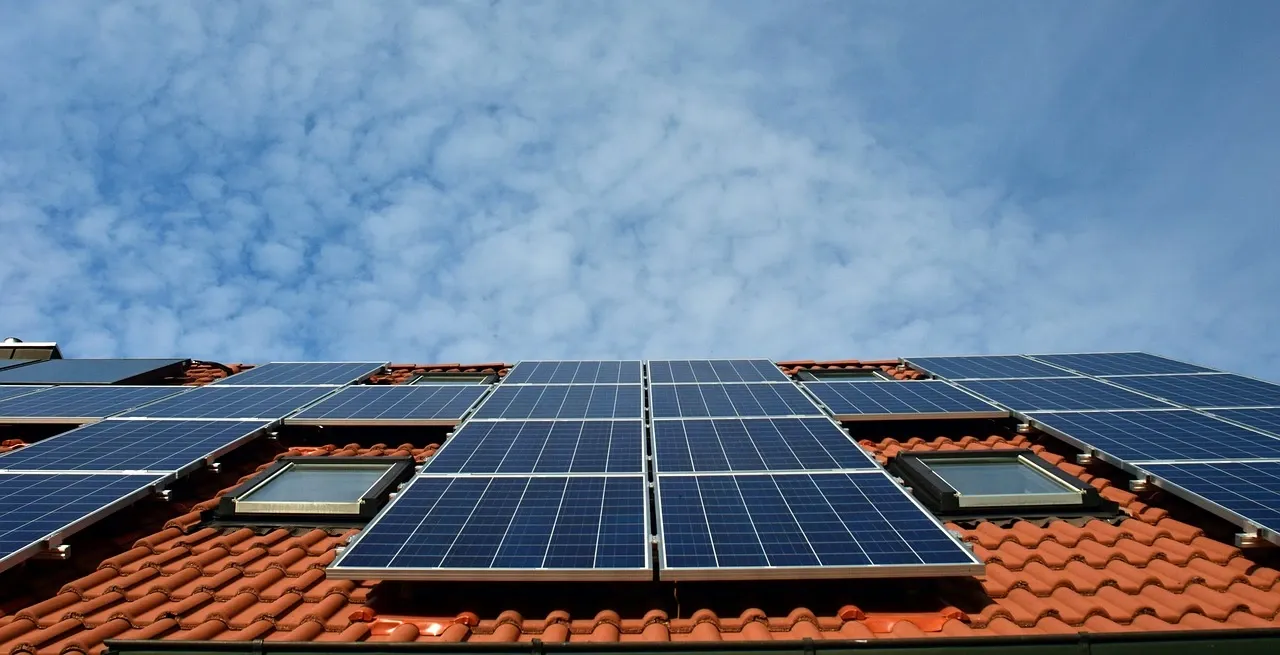Market News
India third largest solar power generator in 2023, overtakes Japan; check top 10 on the list
.png)
3 min read | Updated on May 09, 2024, 07:18 IST
SUMMARY
In 2023, China generated the most electricity from solar power (584 TWh), ahead of the United States (238 TWh). China’s generation made up more than a third of global solar power generation.

Solar power accounted for 5.8% of overall energy generated by India in 2023
India, banking on the abundant amount of sunshine received in most parts of the year, became the world’s third largest solar power generator in 2023, overtaking Japan, as per a report released by energy think tank Ember Climate.
India generated a total of 113 terawatts hour (TWh) of solar energy in 2023, which accounted for 5.8% of the total energy it generated during the year. Globally, solar energy accounted for 5.5% of the overall energy generated.
The countries that remained ahead of India in terms of solar power generation are China and the United States.
“In 2023, China generated the most electricity from solar power (584 TWh), ahead of the United States (238 TWh). China’s generation made up more than a third (36%) of global solar generation,” the Ember report, titled ‘Global Electricity Review’ stated.
List of top 10 solar power generators in 2023
As per the report, the following were the top 10 countries in terms of the solar power that they generated in calendar year 2023:
- China
- United States
- India
- Japan
- Germany
- Brazil
- Australia
- Spain
- Italy
- South Korea
However, in terms of the share of solar energy in overall power generated during the year, Chile topped the list. Solar energy accounted for 19.9% of the overall power generated by the Latin American country. It was followed by Greece (19%), Hungary (18.4%), the Netherlands (17.3%), Australia (17.1%) and Spain (16.7%).
Ember's Asia Programme director Aditya Lolla said, "Increasing clean electricity is not just for reducing carbon emissions in the power sector. It is also needed to meet the rising electricity demand in an increasingly electrified economy and to decouple economic growth from emissions, which is crucial for tackling climate change."
According to the International Energy Agency's (IEA) "Net Zero Emissions" scenario, solar would increase to 22 per cent of global electricity generation by 2030.
With electricity generation accounting for nearly half of India's annual carbon dioxide emissions (1.18 gigatonnes in 2023), accelerating the transition to cleaner generation sources is imperative for the country to meet both its developmental and climate goals.
As part of its national plan to fight climate change, India has committed to achieving 50 per cent cumulative electric power installed capacity from non-fossil fuel-based energy resources by 2030.
At the United Nations COP28 climate change conference in December last year, world leaders arrived at a historic agreement to triple the global renewable energy capacity by 2030.
The IEA says tripling the global RE capacity and doubling energy efficiency are crucial to limiting the average temperature rise to 1.5 degrees Celsius, a political target set in 2015 to prevent further worsening of climate impacts.
India is one of the few countries planning to triple renewable capacity by 2030. According to Ember's analysis, annual capacity additions need to significantly increase for India to meet this capacity target.
About The Author
Next Story


